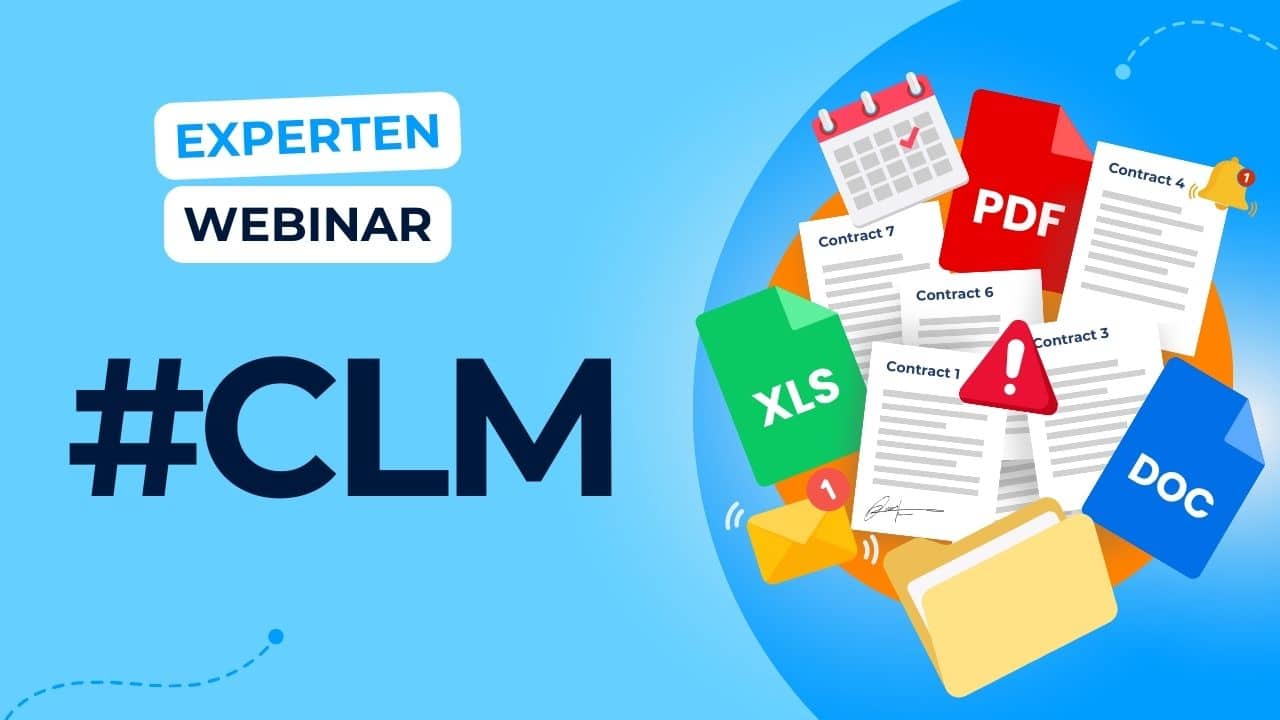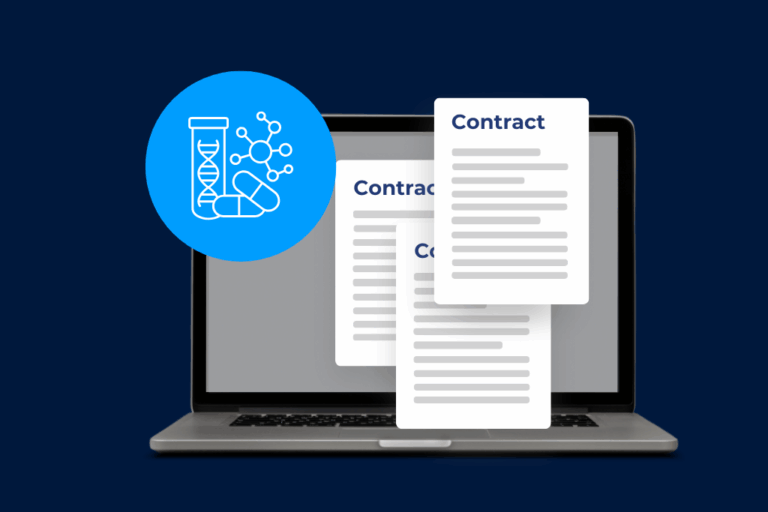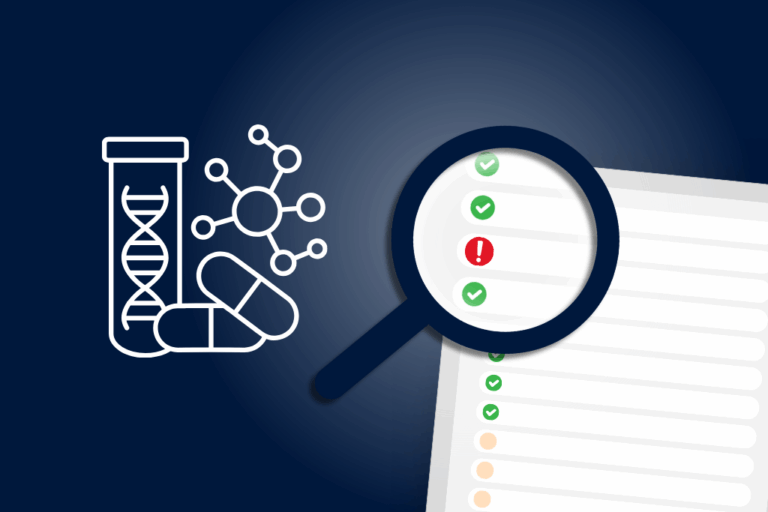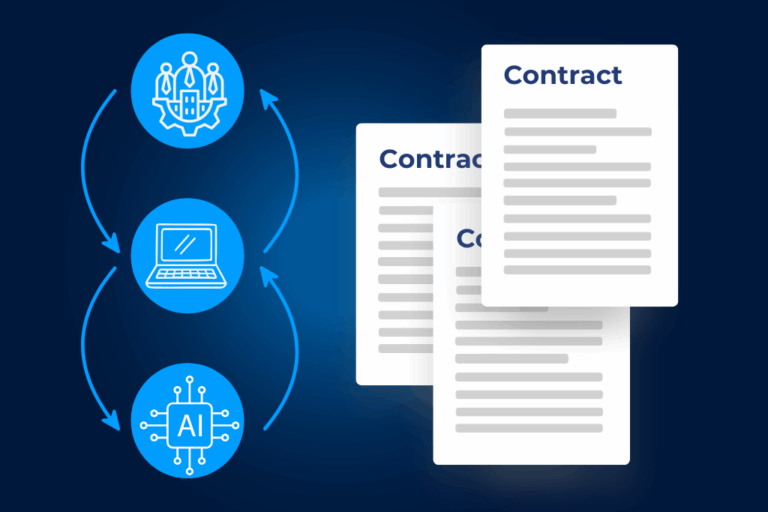AI legal prompts are specialized instructions for generative AI tools, enabling legal teams to automate routine tasks, enhance research, and generate consistent legal documents. By streamlining workflows and democratizing legal knowledge, these prompts improve efficiency and reduce costs for corporate legal departments. Effective implementation requires precise prompt engineering, robust oversight, and attention to data security and regulatory compliance. As AI technology advances, legal prompts will further empower legal professionals, complementing human expertise and driving digital transformation in corporate legal operations.
Corporate legal departments face mounting pressure to deliver more value with fewer resources. AI legal prompts have emerged as powerful tools to address this challenge, offering innovative ways to streamline legal workflows and enhance productivity. These specialized instructions given to artificial intelligence systems enable legal professionals to automate routine tasks, conduct research efficiently, and generate high-quality legal content. This article explores how AI legal prompts are revolutionizing corporate legal work and provides practical guidance for implementation.
What Are AI Legal Prompts?
AI legal prompts are specific instructions given to generative AI systems to produce legal content, conduct research, or analyze documents. Unlike general prompts, legal prompts incorporate specialized terminology, contextual information, and legal frameworks to generate relevant results for legal professionals.
These prompts work with various AI models, including large language models (LLMs) that understand and generate human-like text. When properly crafted, AI legal prompts direct these systems to produce outputs that assist with contract drafting, case analysis, regulatory compliance, and numerous other legal tasks.
Legal departments typically use prompts with platforms specifically designed for legal applications or with general AI tools adapted for legal work. The effectiveness of these prompts depends significantly on how they’re structured and the specific instructions they contain.
Key Benefits of AI Legal Prompts for Corporate Legal Teams
Corporate legal departments implementing AI prompts experience numerous advantages that directly impact their operational efficiency and strategic value.
Time Efficiency
AI legal prompts automate time-consuming tasks like document review, legal research, and initial drafting. This allows lawyers to focus on complex analysis and strategic work that requires human judgment.
Consistency in Legal Documentation
Standardized prompts help maintain consistency across similar documents, reducing variations that might create legal vulnerabilities or confusion.
Knowledge Democratization
AI tools make specialized legal knowledge more accessible throughout an organization, allowing non-specialists to generate basic legal documents or research with appropriate guidance.
Financial impact
By reducing the hours spent on routine tasks, legal departments decrease costs while improving turnaround times on critical projects. Additionally, the ability to quickly analyze large volumes of documents supports better risk management and decision-making.
Common Applications of AI Legal Prompts
Legal professionals are finding innovative ways to apply AI prompts across various aspects of their work.
Contract Analysis and Management
AI prompts excel at extracting key provisions from contracts, identifying potential risks, and comparing terms across multiple agreements. Legal teams create prompts that direct AI to summarize contracts, highlight non-standard clauses, check for compliance with specific regulations or any other contract management task.
For example, a prompt might instruct: “Review this vendor agreement and identify all clauses related to data protection, highlighting any terms that don’t align with our standard requirements.”
Legal Research Assistance
Research prompts help lawyers find relevant case law, statutes, and regulatory guidance. Well-crafted prompts narrow searches to specific jurisdictions, time periods, or legal principles, saving hours of manual research.
For instance, lawyers might prompt the AI to:
Due Diligence Support
During mergers and acquisitions, AI prompts assist with reviewing large document collections, identifying potential liabilities, and summarizing findings. This accelerates the due diligence process while maintaining thoroughness.
During M&A reviews, common prompts include:
Regulatory Compliance Monitoring
Prompts designed to track regulatory changes help legal teams stay current with evolving requirements. The AI identifies new regulations affecting specific business operations and summarizes compliance implications.
Examples of compliance prompts are:
Crafting Effective Legal Prompts: Best Practices
Creating prompts that generate accurate, useful legal content requires skill and attention to detail. These strategies improve prompt effectiveness:
Specificity and Context
Effective legal prompts provide clear context and specific instructions. Rather than asking “Summarize this contract,” a better prompt would be: “Summarize the key obligations, termination rights, and liability limitations in this software licensing agreement, focusing on terms that might affect our company as the licensee.”
Iterative Refinement
Developing effective prompts typically requires experimentation and refinement. Legal professionals should review AI outputs critically and adjust prompts to address any shortcomings or inaccuracies.
Incorporating Legal Frameworks
Prompts that reference relevant legal principles, statutes, or precedents produce more accurate results. Including this framework helps the AI understand the appropriate legal context for its analysis.
Verification Instructions
Build verification requirements into prompts by asking the AI to cite sources, explain reasoning, or identify areas of uncertainty. This helps legal professionals evaluate the reliability of the output.
Ethical and Practical Considerations
While AI legal prompts offer substantial benefits, they present important considerations that require attention.
Confidentiality and Data Security
When using AI tools, legal teams must ensure client confidentiality and data security. This includes understanding how the AI platform handles submitted information and whether it retains data for model training.
Organizations should establish clear policies regarding what information lawyers share with AI systems, particularly when using public platforms rather than private, secure implementations.
Limitations of AI Understanding
Current AI systems lack genuine legal understanding despite their impressive capabilities. They sometimes produce “hallucinations” – confident-sounding but incorrect information – or miss subtle legal distinctions that would be obvious to experienced lawyers.
Legal professionals must maintain oversight and verification processes, treating AI outputs as drafts rather than final products.
Regulatory Compliance
The use of AI in legal practice raises regulatory questions about unauthorized practice of law, attorney supervision requirements, and professional responsibility. Legal departments should establish guidelines that ensure AI use complies with applicable rules.
Integrating AI Legal Prompts into Existing Systems
For maximum benefit, organizations should integrate AI prompt workflows with their existing legal technology stack.
Compatibility with Document Management
AI tools work best when connected to document management systems, allowing seamless processing of existing legal documents and storage of AI-generated content within established repositories.
Training Requirements
Effective implementation requires training legal professionals not just on tool functionality but on prompt engineering principles. This training helps lawyers understand how to create effective prompts and critically evaluate AI outputs.
Measuring Effectiveness
Organizations should establish metrics to track the impact of AI prompt usage, including time saved, consistency improvements, and user satisfaction. These measurements help justify continued investment and identify areas for improvement.
The Future of AI Legal Prompts
As AI technology advances, we anticipate several developments in legal applications:
These advancements will further expand the utility of AI prompts while addressing current limitations.
Empowering Legal Excellence Through Technology
AI legal prompts represent a significant opportunity for corporate legal departments to enhance efficiency, improve consistency, and focus human expertise where it adds the most value. By understanding both the capabilities and limitations of these prompts, legal professionals make informed decisions about implementation.
The most successful approaches treat AI as a complement to human legal expertise rather than a replacement. With thoughtful implementation, clear guidelines, and appropriate oversight, AI legal prompts become valuable allies in delivering excellent legal services in corporate environments.
To learn more about how DiliTrust supports digital transformation of legal operations through secure, integrated solutions, explore our proprietary AI designed specifically for corporate legal departments.



